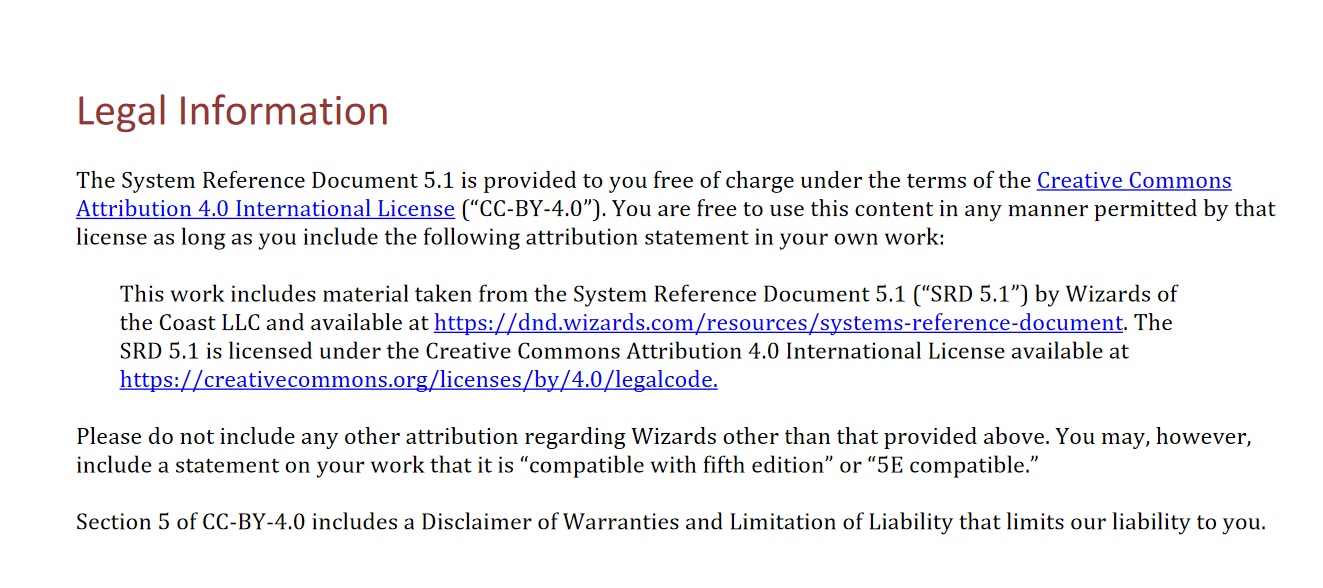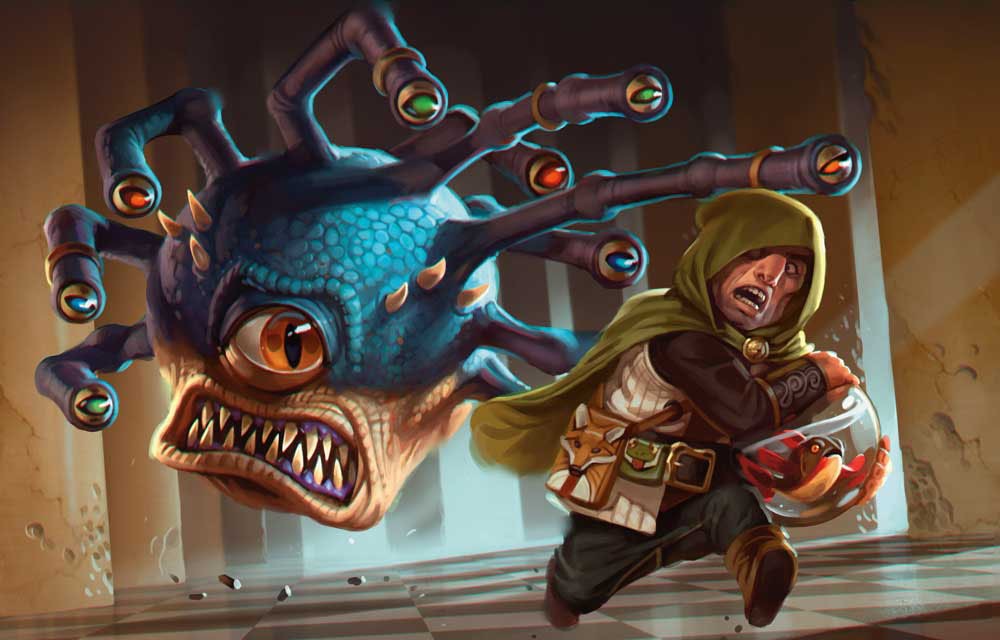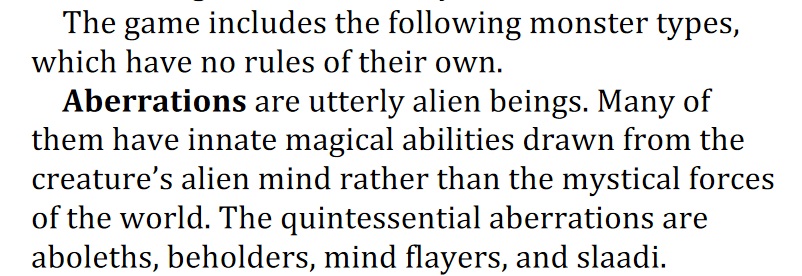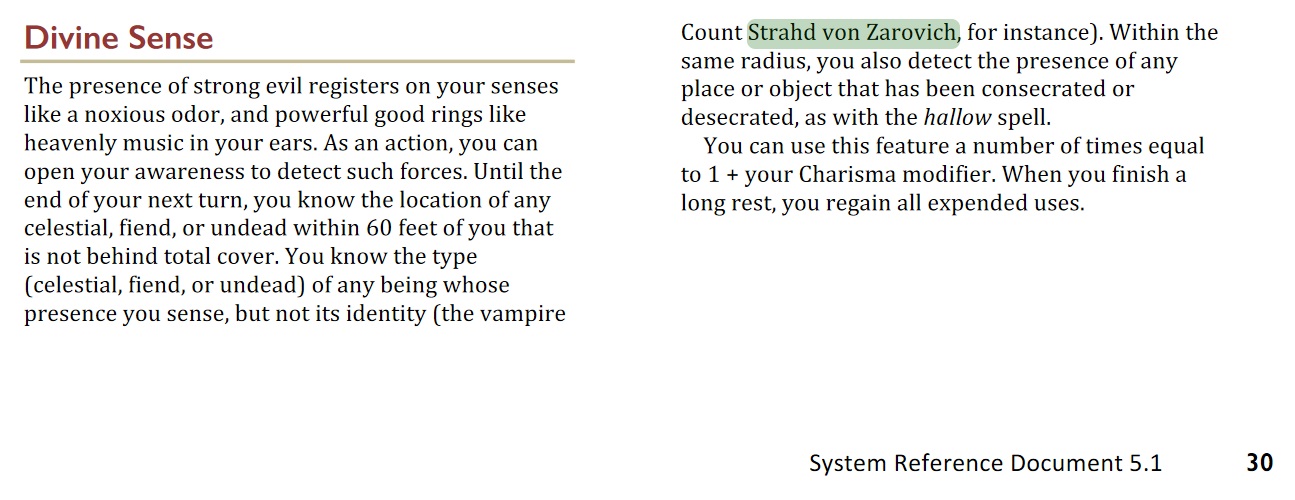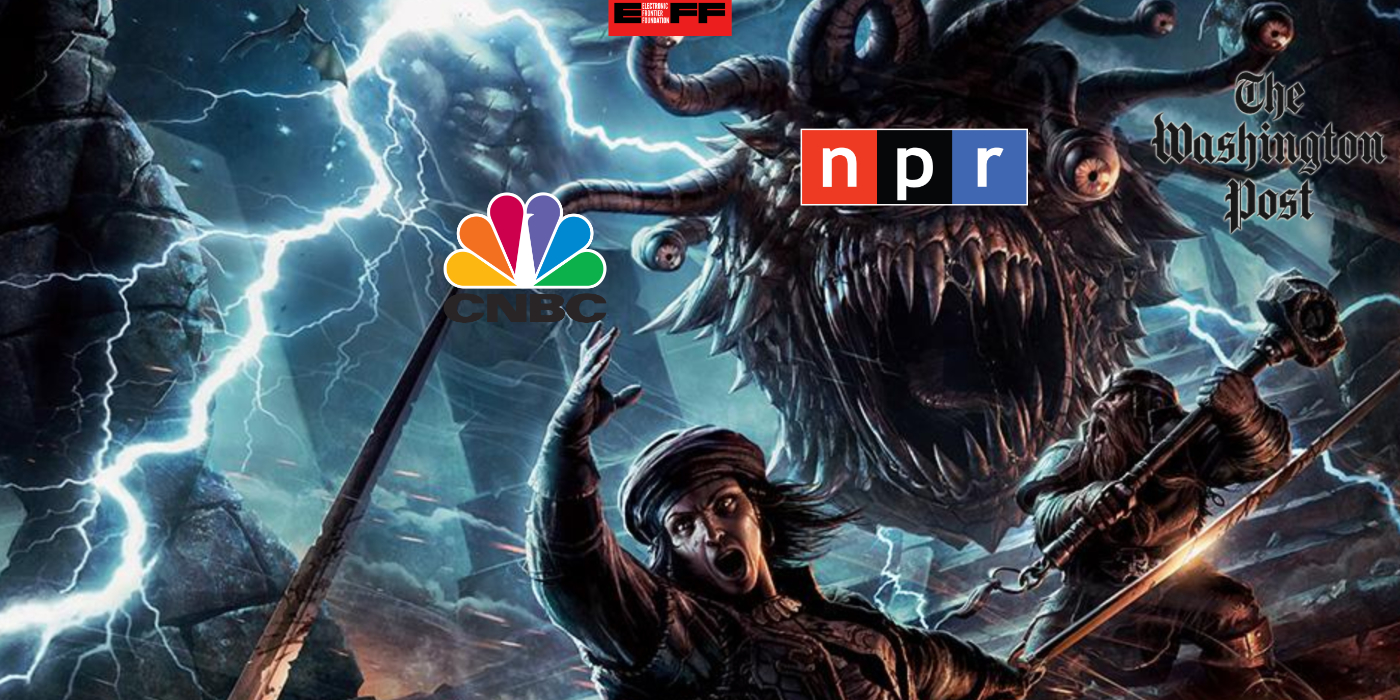D&D: ‘Beholder’, ‘Strahd’, & More May Have Just Become Creative Commons
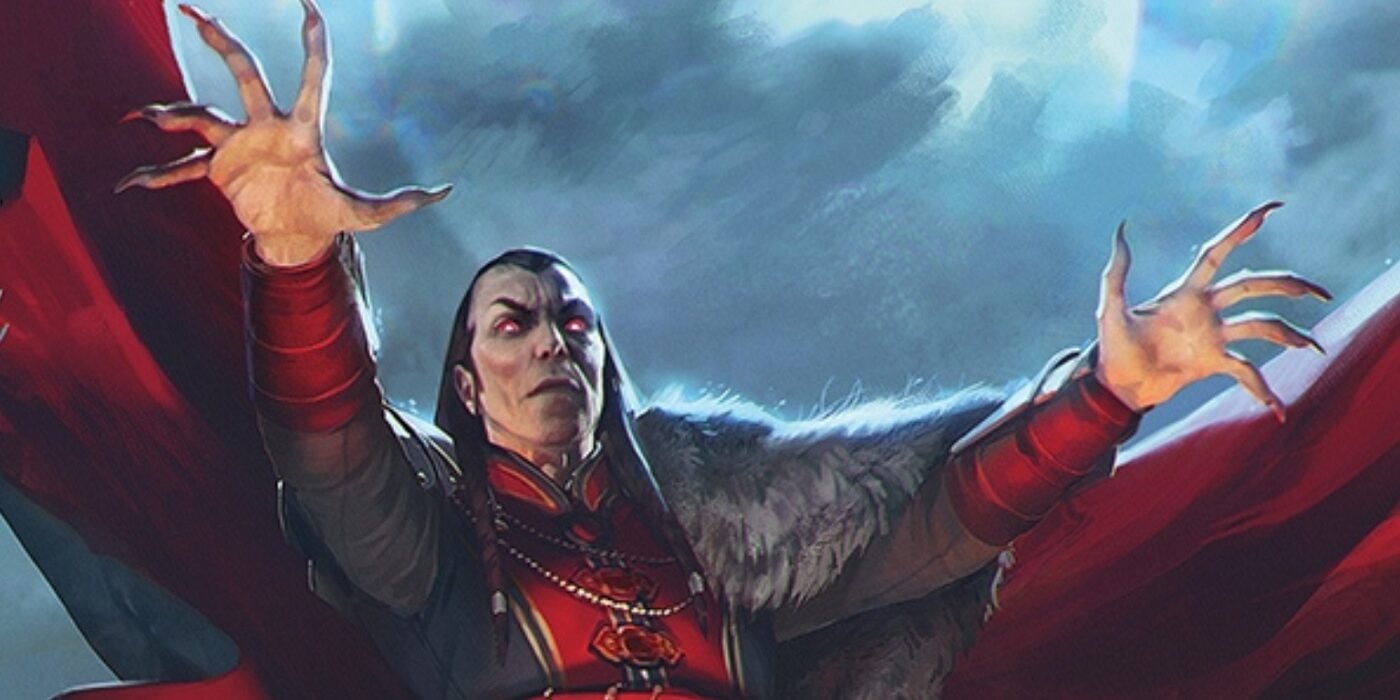

WotC released the entire SRD 5.1 under a Creative Commons license, including names that were previously off-limits, like Strahd von Zarovich.
Wizards of the Coast shocked the community this past Friday with a major update in the OGL saga. A surprise announcement from D&D Executive Producer Kyle Brink informed the community at large that Wizards of the Coast would not only leave the OGL 1.0a in place, as is, but they would be releasing the entire SRD 5.1 under Creative Commons.
Which they did. The whole 403-page document was released under the terms of the Creative Commons Attribution 4.0 International License, aka “CC-BY-4.0”.
It says so right there on the much more simplified front page of the SRD 5.1. But what does that mean, exactly?
D&D Goes CC-BY-4.0
Well, it turns out, it’s pretty straightforward. Though per usual, this isn’t legal advice. But, a quick glance at the CC BY 4.0 page seems to make very clear what you’re free to do with the license and under what conditions:
“Subject to the terms and conditions of this Public License, the Licensor hereby grants You a worldwide, royalty-free, non-sublicensable, non-exclusive, irrevocable license to exercise the Licensed Rights in the Licensed Material to:
-
- reproduce and Share the Licensed Material, in whole or in part; and
- produce, reproduce, and Share Adapted Material.”
As per the first page of the new SRD:
“You are free to use this content in any manner permitted by that license as long as you include the following attribution statement in your own work:
This work includes material taken from the System Reference Document 5.1 (“SRD 5.1”) by Wizards of the Coast LLC and available at https://dnd.wizards.com/resources/systems-reference-document. The SRD 5.1 is licensed under the Creative Commons Attribution 4.0 International License available at https://creativecommons.org/licenses/by/4.0/legalcode.”
There’s a lot more legal jargon in there. But, according to Creative Commons’ “human-readable summary” which is explicitly not a substitute for the license (meaning you should carefully review all of the terms and conditions of the actual license before using any licensed material), here’s a summary of what you can do:
- Share — copy and redistribute the material in any medium or format
- Adapt — remix, transform, and build upon the material for any purpose, even commercially.
All you have to do is give appropriate credit, provide a link to the license, and indicate if changes were made. In the 4.0 license suite, licensees are required to indicate if they made modifications to the licensed material.
You can explore the Creative Commons wiki if you want to take a deeper dive. But, you can take the representations of rules as they are in the SRD 5.1 and use them as you see fit.
What’s This About Strahd and Beholders
This brings us to the claim that you may have seen making its round on the internet, that terms previously considered off-limits under the OGL were out in the open, so to speak.
What does that mean? Well to get to that, first understand that the OGL used to set aside certain content as “Product Identity.” As part of the OGL, the person using the license agreed not to use anything designated as Product Identity, including:
“Dungeons & Dragons, D&D, Player’s Handbook, Dungeon Master, Monster Manual, d20 System, Wizards of the Coast, d20 (when used as a trademark), Forgotten Realms, Faerun, proper names (including those used in the names of spells or items), places, Underdark, Red Wizard of Thay, the City of Union, Heroic Domains of Ysgard, Ever-Changing Chaos of Limbo, Windswept Depths of Pandemonium, Infinite Layers of the Abyss, Tarterian Depths of Carceri, Gray Waste of Hades, Bleak Eternity of Gehenna, Nine Hells of Baator, Infernal Battlefield of Acheron, Clockwork Nirvana of Mechanus, Peaceable Kingdoms of Arcadia, Seven Mounting Heavens of Celestia, Twin Paradises of Bytopia, Blessed Fields of Elysium, Wilderness of the Beastlands, Olympian Glades of Arborea, Concordant Domain of the Outlands, Sigil, Lady of Pain, Book of Exalted Deeds, Book of Vile Darkness, beholder, gauth, carrion crawler, tanar’ri, baatezu, displacer beast, githyanki, githzerai, mind flayer, illithid, umber hulk, yuan-ti.”
And of course, anything else not published in the SRD. Many eagle-eyed members of the community, however, have pointed out that in the new SRD 5.1, many of these terms appear—in name only. But they appear just the same.
The paradises of bytopia, twin or otherwise don’t appear in the SRD. But that’s okay. The year 1999 already showed us what a bytopia looks like:
But what does appear in the newly Creative Commons-d SRD? Beholders appear in name only, referenced by the Deck of Many Things and under the entry for Aberrations, as do mind flayers:
Other previously Product Identity’d names/creatures that appear include: umber hulks, yuan-ti, and Strahd von Zarovich, who, ironically, appears in the entry for a Paladin’s divine sense ability:
Now, it is especially worth noting that these stat blocks don’t appear. So while you might be able to remix, transform, and/or build upon the name, the rules and stat block for the brooding vamp are walled off in the Curse of Strahd.
Again, none of this is certain. But it does, on the surface, appear that you can at the very least refer to these things by name now.
Strahd von Zarovich being left open by a Paladin sounds about right

